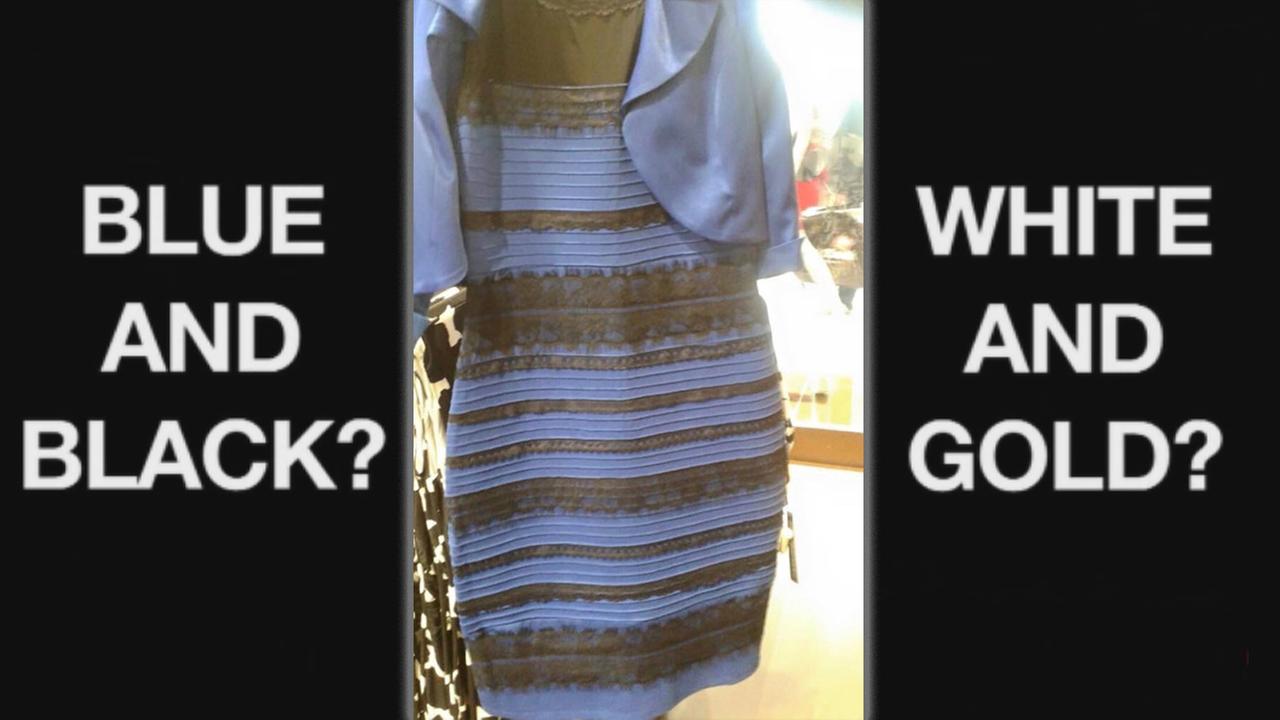You may have heard about this SXSW presentation from Jonah Perretti, the CEO of BuzzFeed (and the brother of the comedienne currently on Brooklyn Nine-Nine) that basically shows Twitter has a lot of influence, but ultimately people take what they see on Twitter and share it in other places.
I have absolutely no idea why this is surprising to people, or needed an entire presentation at SXSW. Let’s phrase this in the simplest terms possible: people enjoy putting stuff on Facebook because that’s where their real friends are (i.e. the people they want to see things about their life). Twitter is where you follow newsmakers or comedians (or maybe brands!), and LinkedIn is where you follow thought leaders or professionals you want to connect with/emulate. In most cases, a lot of your Twitter/LinkedIn connections aren’t necessarily your day-to-day friends. If you want further evidence of this, look at the two fastest-growing social networks, essentially: Instagram and Snapchat. The major things they have in common? They’re visual, and primarily you connect with your friends. (Although on Instagram you follow people like Kim K, sure, and on Snapchat you can now “discover” brands, but still.)
Bottom line: Facebook is where your actual friends and acquaintances are. That’s why you go back and share things there — because your actual friends will see it, and faster, and you’ll get more response and acknowledgment from that. Remember, yo: all mammals want attention. Only human beings need acknowledgment.
Here’s the main slide people are sharing from Peretti’s talk, regarding “The Dress” viral post:
OK, so … 975K+ views from a tweet, but ultimately 339K of them came from Facebook (and 284K came from “Other,” while 147K came from “dark social”). So about 35 percent of traffic from one tweet ultimately came from Facebook.
Again, why is this a surprise? People saw the tweet, read the article, thought it was interesting, and wanted to share it with their actual friends. That’s human connection. That’s the power of social media. So they moved it over to Facebook, where their real friends are.
If they had re-tweeted it as opposed to moving it over, sure … some of their friends see it. But it’s mostly that weird Russian magician that follows you (true story in the case of my wife) and a few people who find your attempts at comedy interesting (me).
Move it to Facebook and hell, your aunt and your college roommate can see it. That’s how things go “viral.” That’s what happened with “The Dress.”
I’m as confused that people don’t understand this concept as I am that they don’t understand that social has “an invisible audience.”
Sometimes I wonder if this is the problem with wide-scale business adoption of the power of social: yes, there’s a lack of amazing revenue-facing ROI in a lot of cases, and that’s the primary reason some businesses lag in adopting it. But maybe a bigger reason is that some core tenets of social — things like “How A Piece Of Content Moves Through Networks And Why” and “Oh, There Might Be An Invisible Audience Out There” — aren’t well-enough understood by business leaders yet. What happens when you don’t understand something? You ignore it, or pay it less mind. Maybe that’s a concern here.
In the meantime, can we stop writing full articles about Twitter’s “amazing data backstory” or “Things We Didn’t Know About The Stream?” These are very logical ideas when you think about how humans want to use social; they want to use it for connecting with others, and the “others” category that means the most is “their real friends.” Facebook had first-mover advantage there. Twitter didn’t. That explains ‘The Stream’ above. It’s not that complicated.
If you want to over-analyze an aspect of social media, consider this one as a start.

